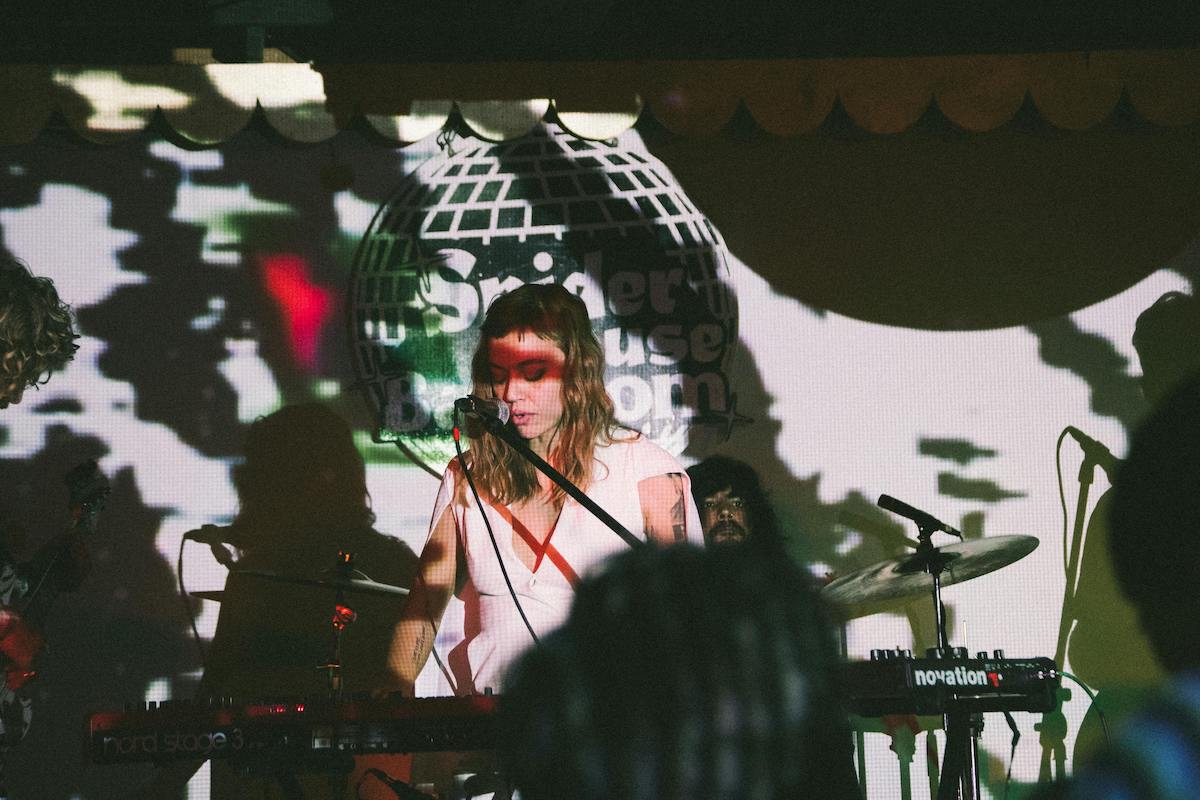Released against the background of a rent and cost of living crisis, and the shuttering of major music festivals, a new Media and Entertainment Arts Alliance (MEAA) survey has found that it is harder than ever to turn a buck as a working musician.
The annal survey of musicians revealed that 49 percent of the 550 surveyed earned less than $6000 per year from their music-making activity (compared to 42 percent during the period of COVID lockdowns) and that 64 percent earned less than $15,000.
The number of musicians who make a full-time living from music-making has slid from one-in-four to one-in-five. Based on 2019-20 tax data, Australia’s live music sector is comprised of around 41,000 workers, including 14,200 primary workers (jobs at the core of live music), 10,000 supporting workers (some functions involve live music) and 16,800 auxiliary workers (jobs indirectly supporting live music).
The MEAA survey also found that 40 percent of musicians were working two or more music jobs and 42 percent performing unpaid work. More than half (65 percent) reported feeling they were not paid enough (20 percent more than the previous survey).

Photo @ Roy Reyna/Pexels
The survey comes at a time of when negotiations for a minimum $250 per artist per commercial engagement are continuing. The music industry’s current standard minimum (based on the Live Performance Award of $40/hour + 12 percent loading) is $150 per musician, per 45-minute set.
All states, with the exception of Tasmania, have endorsed the minimum $250 fee for taxpayer-subsidised events.
Also in the spotlight are the capped fees paid by radio stations paid to the Phonographic Performance Company of Australia (PPCA) to play music. Under the current Copyright Act, Australian-owned commercial radio stations are protected from paying more than 1 percent of their gross annual revenue to the owners of the recordings they play.











Comments
Log in to join the conversation.